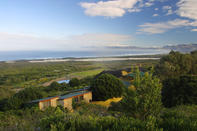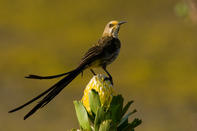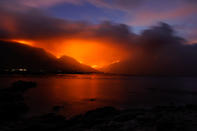Full-board Getaway
From its infancy, Grootbos Private Nature Reserve started as a small self-catering getaway.

Grootbos has transformed itself and the entire Stanford-Overberg region into a world-class tourism act, with ecotourism at its heart and in the process has converted many travellers from around South Africa and the globe into becoming aficionados of fynbos and the Cape Floral Kingdom.
Indigenous Species of Fynbos

Scientists originally predicted that around only 300 or so species of fynbos would be recorded on Grootbos and therefore they had written off this area as one of marginal interest. The Lutzeyers have collected close on 760 indigenous species of fynbos, making Grootbos an area of international botanical importance.
In recognition for his years prospecting the reserve as an enthusiastic (some would say irrepressible) amateur botanist, Heiner Lutzeyer was rewarded when two of six new fynbos species discovered on Grootbos were named Lachenalia lutzeyeri and Capnophyllum lutzeyeri.
The Big Fire of 2006

The "big fire" of 2006 that swept over the Swartkransberg hills from where it had started at Baardskeerdersbos, fanned by a pummelling southeast wind, laid to waste some 50,000 hectares of natural fynbos, forests and farmlands. The damage was immense for this backwater part of the southern Cape.
Amongst the ashes was a part of the "grootbos" (big forest) itself, the largest remaining white milkwood forest in the Western Cape and thus the world, and also Forest Lodge, the just-completed second guest facility on Grootbos Private Nature Reserve.
The lodge was insured and has been rebuilt, but it take years, decades, for the slow-growing milkwoods Sideroxylon inerme to re-establish themselves.
By David Bristow Find your happy place at Grootbos Nature Reserve, where you can immerse yourself in the beauty of nature between the mountains, the forest a...
Find your happy place at Grootbos Nature Reserve, where you can immerse yourself in the beauty of nature between the mountains, the forest a... What started out as a hobbity self-catering resort, built to help pay for the restoration of the natural vegetation on a farm near Gansbaai,...
What started out as a hobbity self-catering resort, built to help pay for the restoration of the natural vegetation on a farm near Gansbaai,...